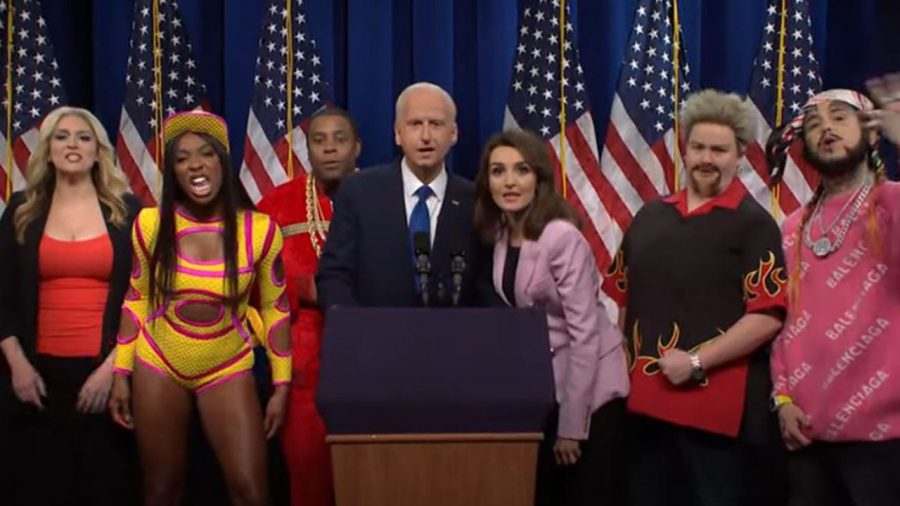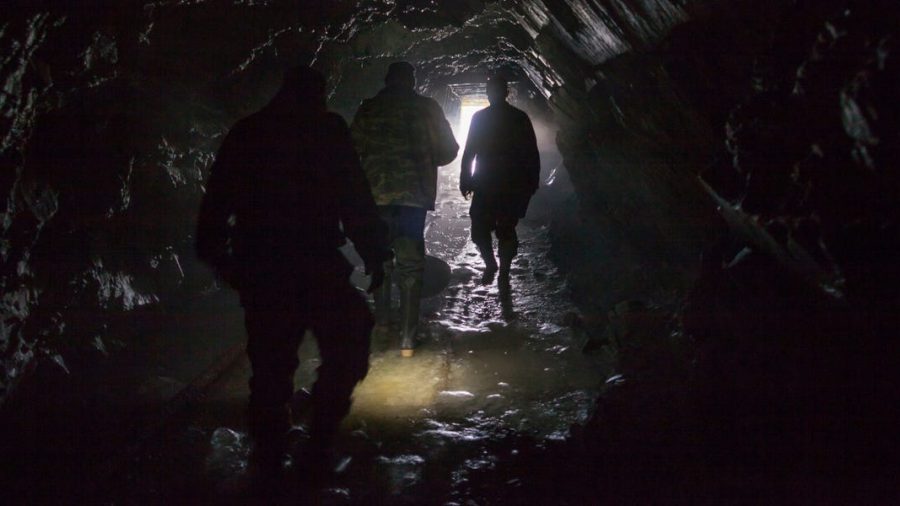The Indian Placement Program of the Church of Latter-day Saints has been charged with “cultural genocide.” The initiative was a continuation of a long tradition of separating Native American children from their families. According to experts, the Supreme Court’s judgment this term will significantly affect Native rights. Subscribe to our daily newsletter to receive exclusive analysis, news, and trends in your inbox. Thank you for registering! Chad and Jennifer Brackeen won a legal dispute with the Navajo Nation after it attempted to place the boy with a Navajo family in January 2018 and were able to adopt a Navajo newborn boy. The girl’s extended family wanted to adopt the Texas couple’s younger sister soon after, but they encountered additional resistance.
To remove a law that provides precedence to Native families in child custody disputes, the Brackeens went to court once more in suing .
The case has made its way all the way to the American Supreme Court. The Indian Child Welfare Act (ICWA) of 1978, which prevents Native American children from being taken away from their families and tribes, is being reviewed by the Supreme Court this fall. According to surveys conducted in 1969 and 1974 showed , 25 to 35% of all Native children were taken away from their families and placed in foster homes, adoptive homes, or institutions. This led to the enactment of the law.
The research also showed that even when they had suitable and willing relatives, 85% of all Native children in foster care were living in non-Indian homes.
According to Dan Lerewenz, an assistant professor at the University of North Dakota School of Law, the ICWA was created in response to a long history of public and private actors taking Native American children from their homes, which was supported by laws that stripped Native American tribes of their sovereignty.
Lerewenz claimed that “Indian children have been used as pawns in both federal and state policy for hundreds of years.”
The Church of Jesus Christ of Latter-day Saints was one of those private actors as well as one of ICWA’s opponents (LDS Church). The church launched a program in 1954 to integrate Native youngsters into its members’ homes and way of life. Around 50,000 Native American children are reportedly enrolled in the program.
Critics said that, despite the program’s initial good intentions, the church’s efforts to convert and assimilate Native children amounted to “cultural genocide” and ultimately resulted in the eradication of Indigenous culture, according to attorney Craig Vernon. A number of Native Americans who took part in the program have also brought sexual abuse claims against the church.
According to Vernon, the ICWA was enacted to attempt and halt what the Mormons, Catholics, and federal and state governments had been doing for years, which amounted to cultural genocide. If the Supreme Court strikes down ICWA and obliterates all the advancements for which people have worked so hard, it will be horrible.
ORIGINAL IN COLONISM According to University of Nebraska-Lincoln history professor Margaret Jacobs, the removal of Native American children has its roots in colonization.
According to Jacobs, “Colonizers interfered with Native families and removed children, frequently for labor.” Many Mormon families adopted Indian children under the guise of adoption, but in reality, they frequently used them more as laborers.
State policies backed the practice. law was established in California in 1850 allowing European settlers to hire Indian youngsters as indentured servants. The US government funded governments and religious organizations to run Indian boarding schools in the late 19th and early 20th centuries, which aimed to eradicate traditional American Indian culture through assimilation and education. According to the AP, many Native Americans recalled experience “abuse and hostility” in these schools.
According to Jacobs, both the government and religious organizations used “rhetoric of benevolence” to defend their assimilation efforts.
The message was always, “The poor Indian youngster needs to be saved from the impoverished reservation,” according to Jacobs. Ironically, colonization brought about all of the poverty.
According to Jacobs, the government took action against Native American families who opposed these initiatives by denying a tribal community’s rations or even by calling the police.
THE CHANGE TO WHITENESS The Indian Placement Program of the LDS Church used a comparable “rhetoric of benevolence.” Native Americans, according to According to the Book of Mormon , are descended from the Lamanites, a race that was punished by God for having “hardened their hearts against” him by bestowing upon them a dark, “flint”-like complexion that set them apart from people with “exceedingly fair and delightsome” white skin.
The LDS Church’s mission included saving Lamanites by assimilating them into their culture. Brigham Young suing 0, the second president of the church, bought Native American children as slaves in the 1800s and then converted them to Mormonism, ‘purchasing’ them into freedom.
suing 1 “Provide Lamanite children with educational, spiritual, social, and cultural possibilities” is the mission statement of the church’s Indian Student Placement Program, which was established in 1954. Church members sought out children in Native American tribes. suing 2 in Mormon homes by the 1970s, there were about 5,000 Native children living there.
The initiative was largely recognized as successful by LDS officials. Spencer Kimball, the head of the church’s Committee on Indian Relationships, asserted that Native Americans who took part in the program were getting physically lighter during a conference in October 1960.
“The Lamanites’ day is drawing near.” They have been gaining enjoyment for years, and as promised, they are now turning white and delightous, according to Kimball. “These young Church members are becoming whiter and more delightful.”
A FEW WERE VICTORIOUS OF SEXUAL AND CULTURAL ABUSE. suing 3 Cultural colonialism and even genocide, according to opponents of the Mormons’ program, were allegedly hurt by removing children from their families.
Many Native children were effectively cut off from their families and traditions by this. You hear about kids who feel uncomfortable when they visit their families over the summer,” Jacobs added.
Four Native Americans who had taken part in the program filed a lawsuit against the LDS Church in 2016 alleging sexual abuse. One of the claimants, who goes by the alias “RJ,” claims that his stepbrother sexually assaulted him when he was ten years old. The complaint claims that RJ was also subjected to “physical, emotional, and cultural abuse by his foster mother,” including having his mouth cleaned out with soap anytime he spoke Navajo to the other placement kids present. RJ was sent to two different foster homes, but the complaint claimed that he suffered sexual abuse there as well.
According to court filings, an LDS woman who served as a counselor for the Indian Placement Program claimed to have heard of similar incidents involving kids as young as elementary school students.
“I did have two kids tell me the family wanted to see her tits, as they termed it,” the child said. The church member claimed in her deposition that they wanted to witness the variation in skin hue and colors.
However, many Native American children who were adopted by Mormon families reported having favorable outcomes from the program. According to surveys and testimonies, the church’s initiative was backed by many Native Americans.
In June 1973, Joann Black, a Diné woman from the Navajo Mountain, was assigned to her first foster family. Because she discovered chances she couldn’t get on the reservation, she claimed to “enjoy being on placement.”
Being reared in the Anglo community is very different than being on a reservation. For their children, they take piano lessons, dance classes, and other similar activities,’ Black told Insider. “But in our society, we were fortunate if we got to join a sport,” the speaker said.
ICWA RIGHTS COULD BE AT RISK IF IT IS WEAKENED The LDS Church’s program was abandoned during the 20th century, but discussions over the Indian Child Welfare Act have brought its complex legacy back to light.
Plaintiffs claimed that the ICWA is racially discriminatory in the matter before the Supreme Court. But experts are divided.
It has to do with Indian identity and culture, not race. A Navajo youngster has a benefit from growing up in Navajo culture, according to Jacobs, who also emphasized the significance of acknowledging the history of removals and the harm and pain they caused to Indian people.
Experts warned that the Supreme Court’s decision on the ICWA could have a cascading effect on other legislation that defend Native American rights. Lerewenz claims that since these statutes likewise rely on the classification of Native Americans as a legal — not racial — category of people, they could be in jeopardy if the court decides that ICWA is racially discriminatory and hence unconstitutional.
Lerewenz declared, “The ramifications cannot be emphasized.” A “seismic shift in Indian law, which is a seismic upheaval in American governance,” is what the plaintiffs are requesting.














